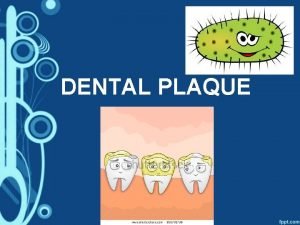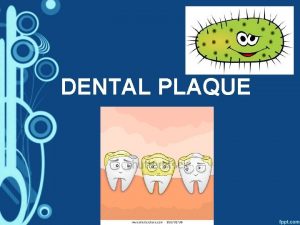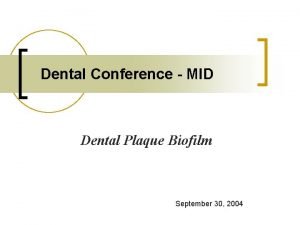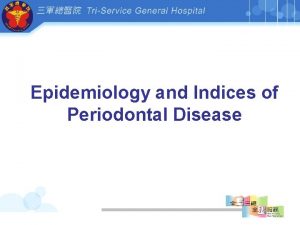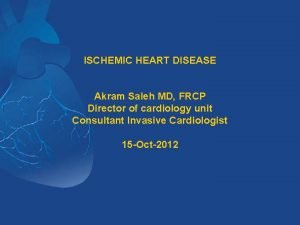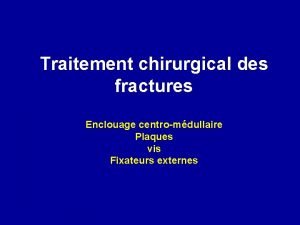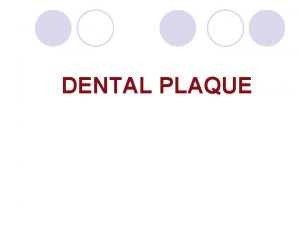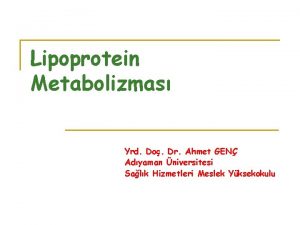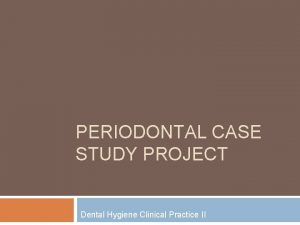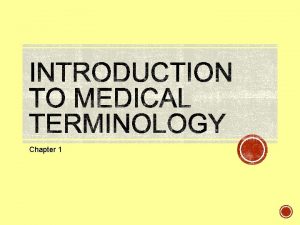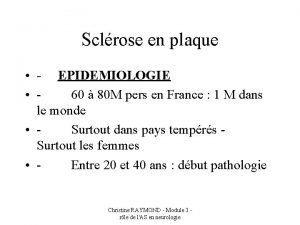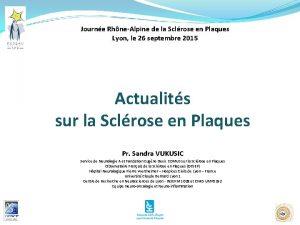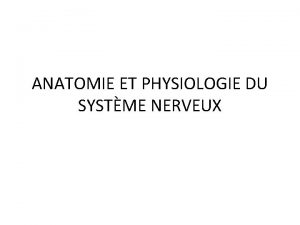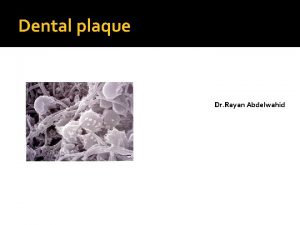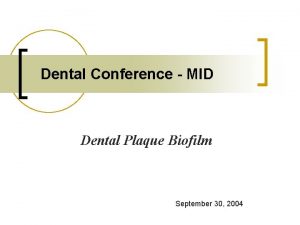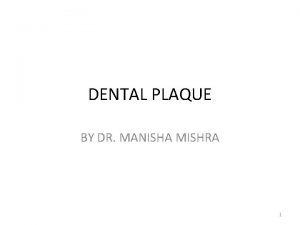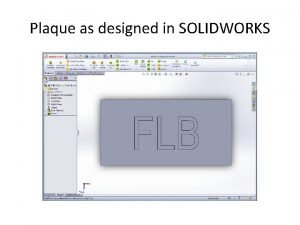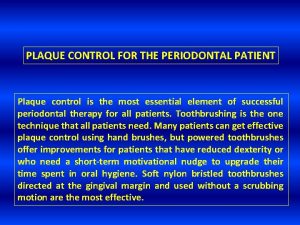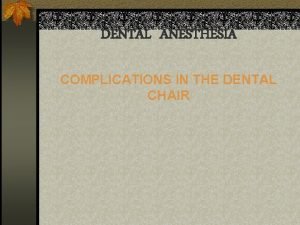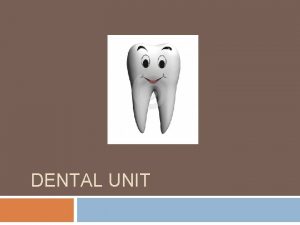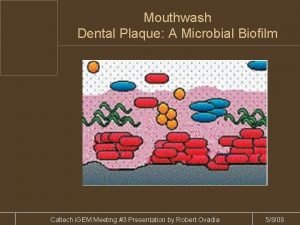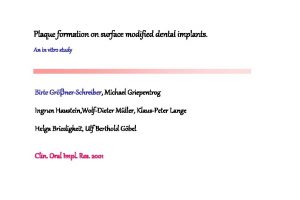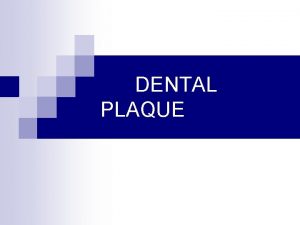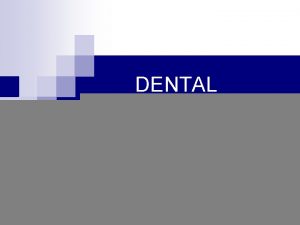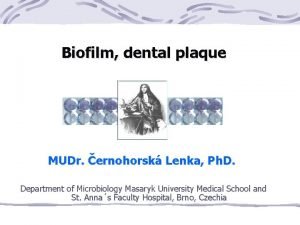The role of dental plaque as a main





































- Slides: 37





The role of dental plaque as : a main factor in the etiology and progress of prevalent oral diseases (i. e) � � � Dental caries Gingival disease Periodontal disease

Dental Plaque /Microbial Plaque Definition Of Nolte (1973): “The non-mineralized microbial accumulation that adhered tenaciously to tooth surfaces, restorations, and Prosthetic appliances, shows structural organization with predominance of filamentous forms, is composed of an organic matrix derived from salivary glycoproteins and extra cellular microbial products, and can not be removed by rinsing or water spray”

Dental plaque can be defined as the soft deposits that form the biofilm adhering to the tooth surface or other hard surface in the oral cavity

The term biofilm describes the relatively undefinable microbial community associated with a tooth surface or any other hard, nonshedding material.


ü Hard-Non shedding surface. ü Natural aqueous environment. ü A regular nutrient supply to the bacteria

Significance of the biofilm environment ü Produce of extracellular polymers is typicall for biofilms. ü Importance of E. P as a mediate for bacterial attachment. ü Biofilm bacteria behave differently from liquid-pluse cells. ü Biofilm effectively protect bacteria from host defence mechanisms and antimicrobial agents.

Stages in the formation of dental plaque. Dental plaque is formed in three basic steps: Pellicle formation Bacterial colonization Plaque maturation


o Microorganisms 70%-80% o Intermicrobial matrix 20%-30%





Loe etal, 1965: Gingivitis and enamel caries were induced in healthy young adults in the absence of oral hygiene with in 3 weeks.


Lindhe etal, 1975 saxe etal, 1967: Experimental studies in animals have shown that untreated, plaque-induced gingivitis can eventually progress to periodontitis



(Recommenden by ADA) 1 -Total brush length: about 15 to 19 cm 2 -Head: a. Brushing plane/surface, *width , from 7. 9 to 9. 5 mm *length, from 26. 4 to 31. 8 mm B Filaments, * diameter, from 0/005 inch(0/1 mm)to 0/014 inch(0/4 mm) *Height from 8/7 mm to 11 mm

Handle of toothbrush ü ü ü Composition Shape Variations

Brush head �Design �Brushing plane (profile)

Factors influencing stiffness of filaments Diameter of filaments Length of filaments Number of filaments in a tufts Angle of filaments Distanc among tufts Nature of Nilon

Numbers of tufts & filaments * Number of tufts in the width, 2 to 4 tufts * Number of tufts in the length, 5 to 12 tufts * Number of filaments per tuft 80 to 86.









 Corn cob structure in plaque
Corn cob structure in plaque Materia alba definition
Materia alba definition Dental plaque
Dental plaque Echangeur a plaque
Echangeur a plaque Russell periodontal index
Russell periodontal index Atherosclerosis plaque development
Atherosclerosis plaque development Sclérose en plaque
Sclérose en plaque Enclouage
Enclouage Critères de mcdonald 2017 sep
Critères de mcdonald 2017 sep Tannerella forsythia
Tannerella forsythia Plaque signalétique moteur asynchrone triphasé
Plaque signalétique moteur asynchrone triphasé Plaque rupture
Plaque rupture Plaque assay
Plaque assay Atherosclerotic plaque
Atherosclerotic plaque Dmf calculation
Dmf calculation Catalase
Catalase Periodontal case study
Periodontal case study Plaque continentale et océanique
Plaque continentale et océanique Brochage kapandji
Brochage kapandji Gastrosis means pertaining to the stomach.
Gastrosis means pertaining to the stomach. Plaque build up
Plaque build up Leiomyocytes
Leiomyocytes Sclérose en plaque epidemiologie
Sclérose en plaque epidemiologie Michel van camp
Michel van camp Clou gamma photo
Clou gamma photo Plaque signalétique moteur asynchrone triphasé
Plaque signalétique moteur asynchrone triphasé Sclérose en plaque
Sclérose en plaque Macule papule patch plaque
Macule papule patch plaque Arc réflexe
Arc réflexe Fracture trochantéro diaphysaire
Fracture trochantéro diaphysaire Syock
Syock Eva system in dentistry
Eva system in dentistry Atheromatous plaque
Atheromatous plaque Gastrulation
Gastrulation Plaque labdec
Plaque labdec La plaque motrice
La plaque motrice Spontaneous budget explorers
Spontaneous budget explorers Foam cells definition
Foam cells definition
